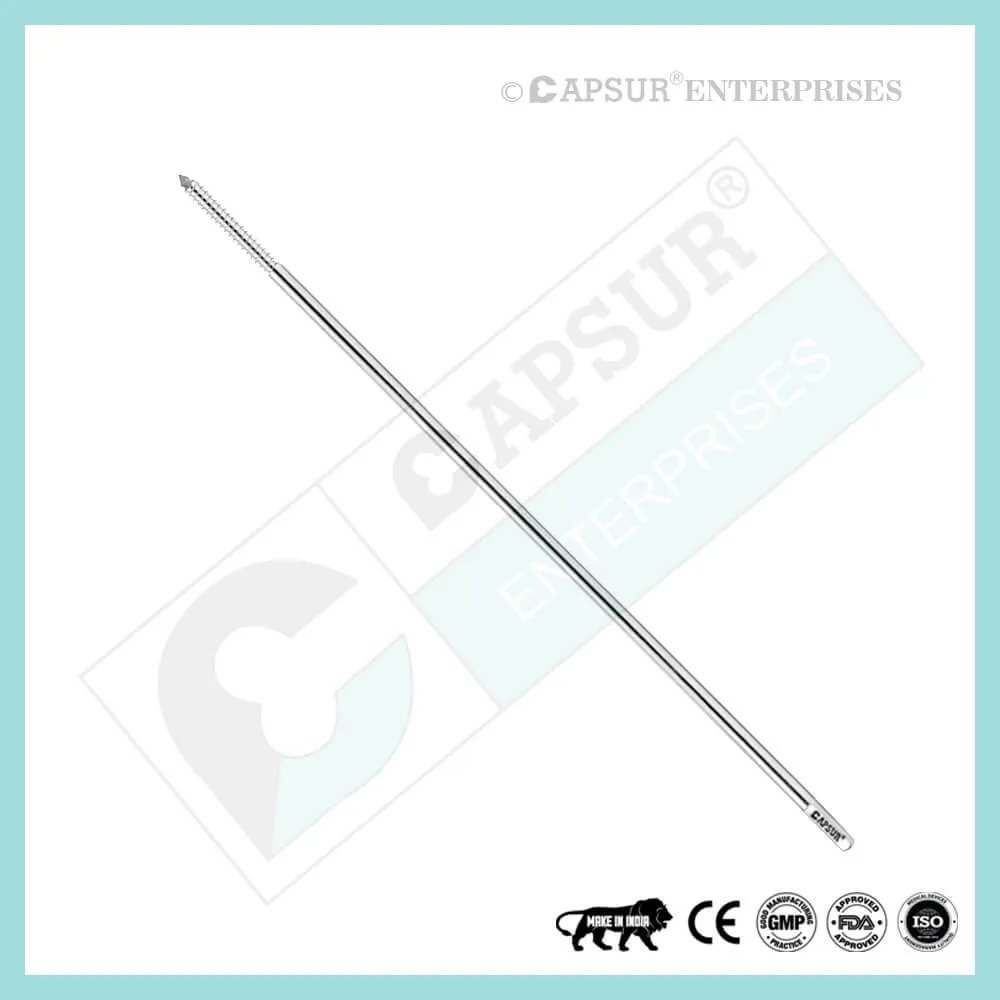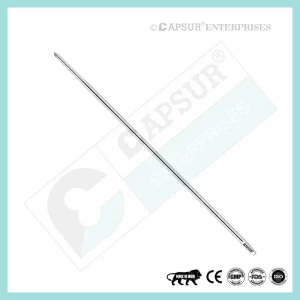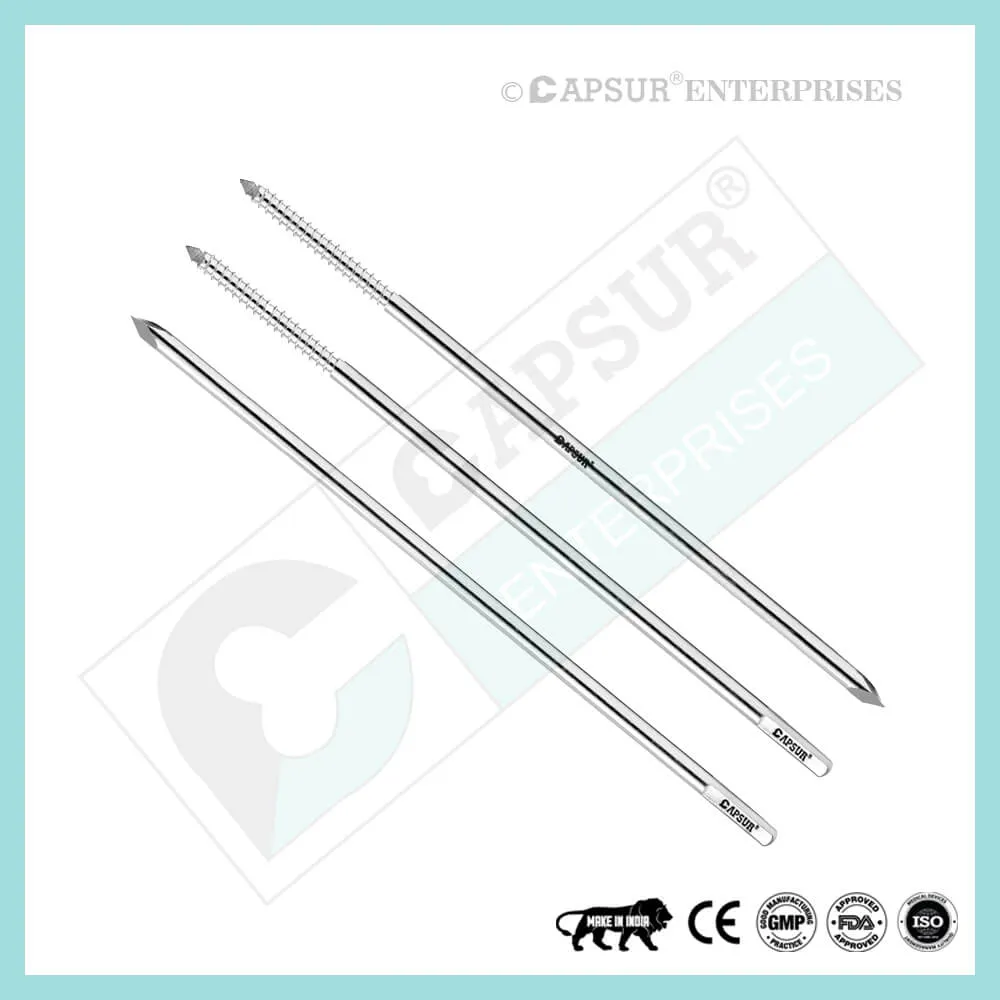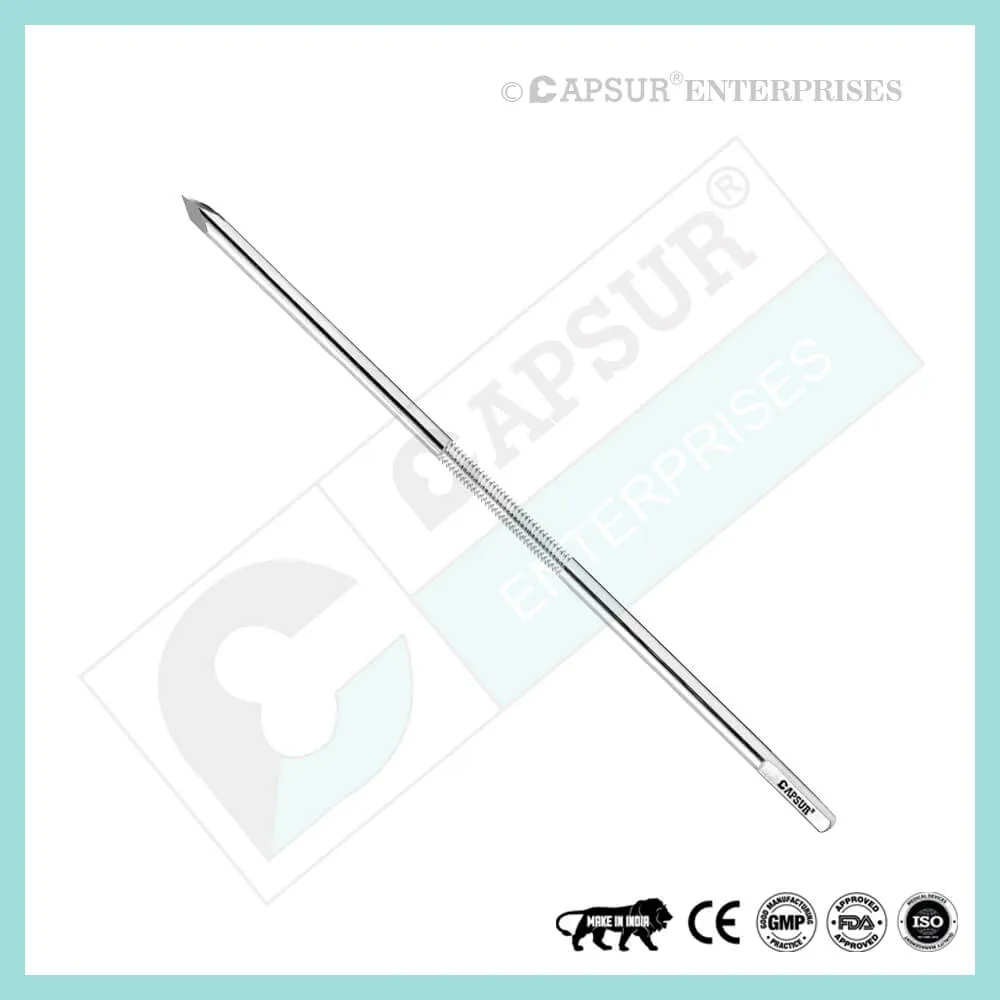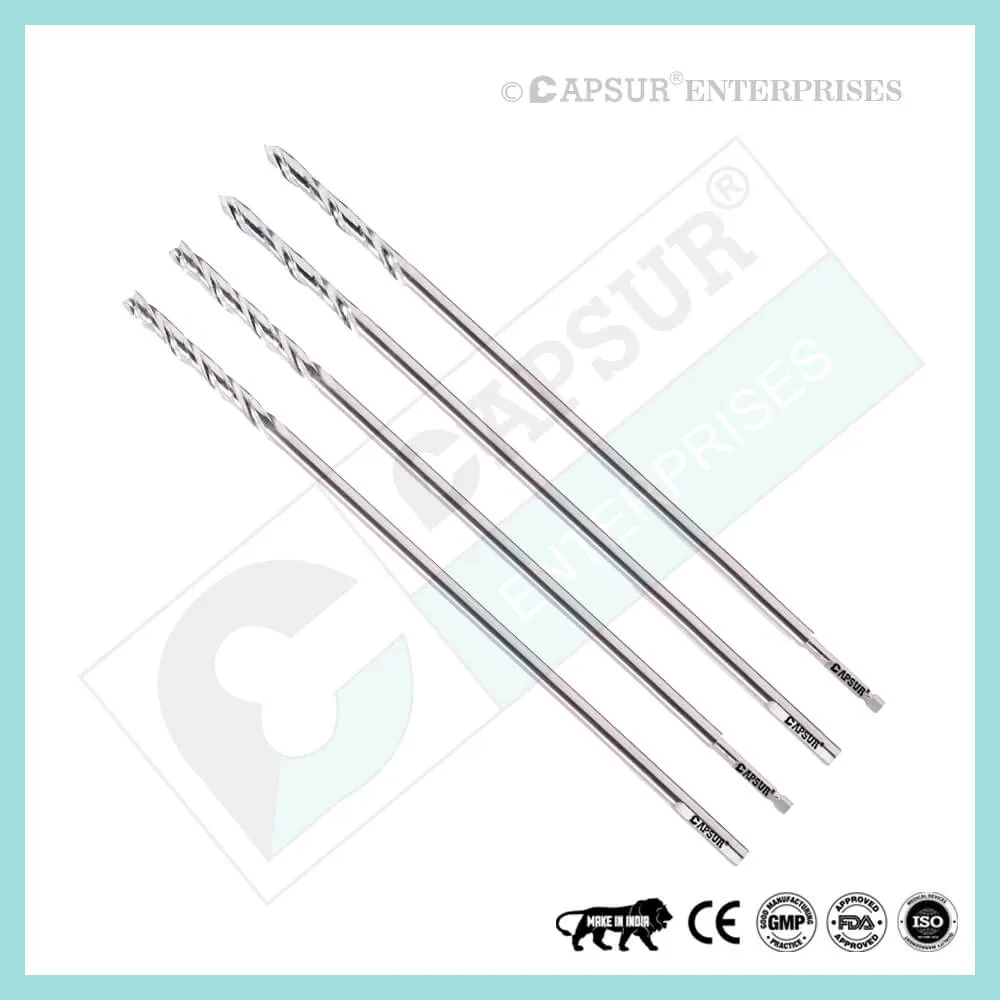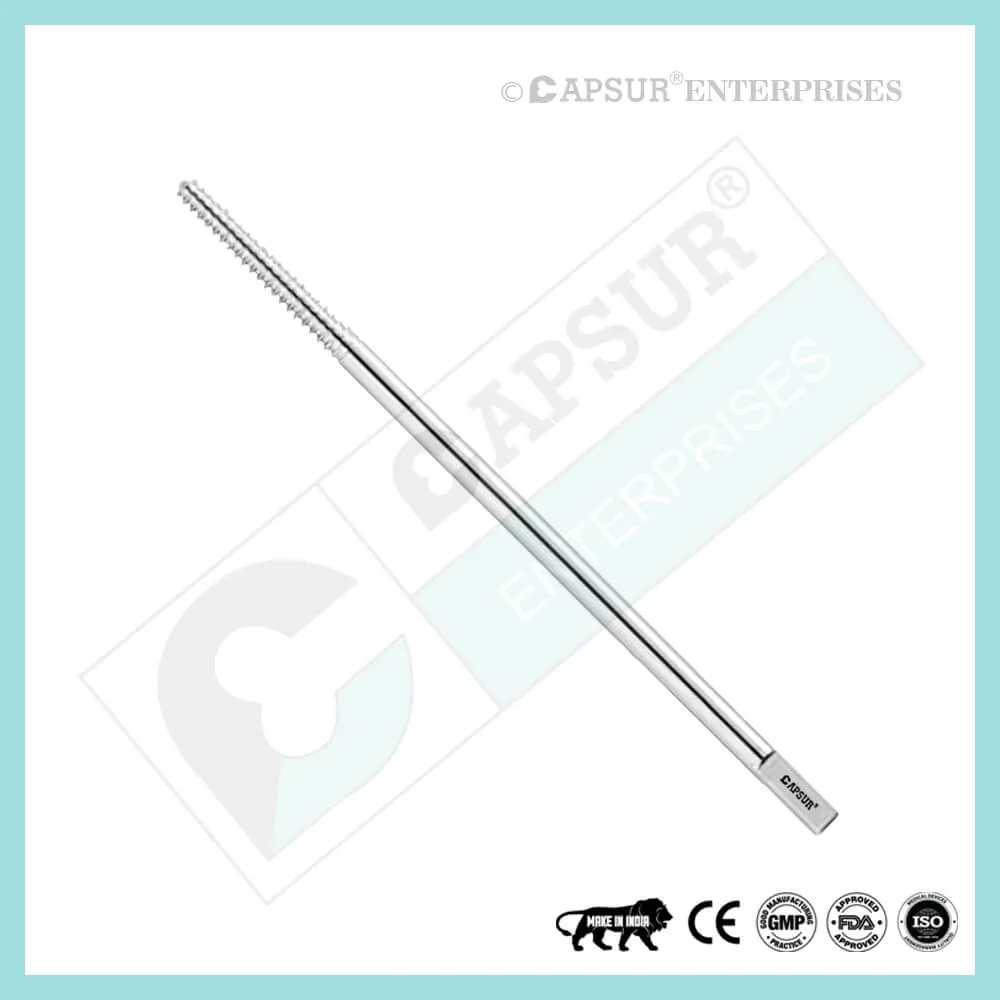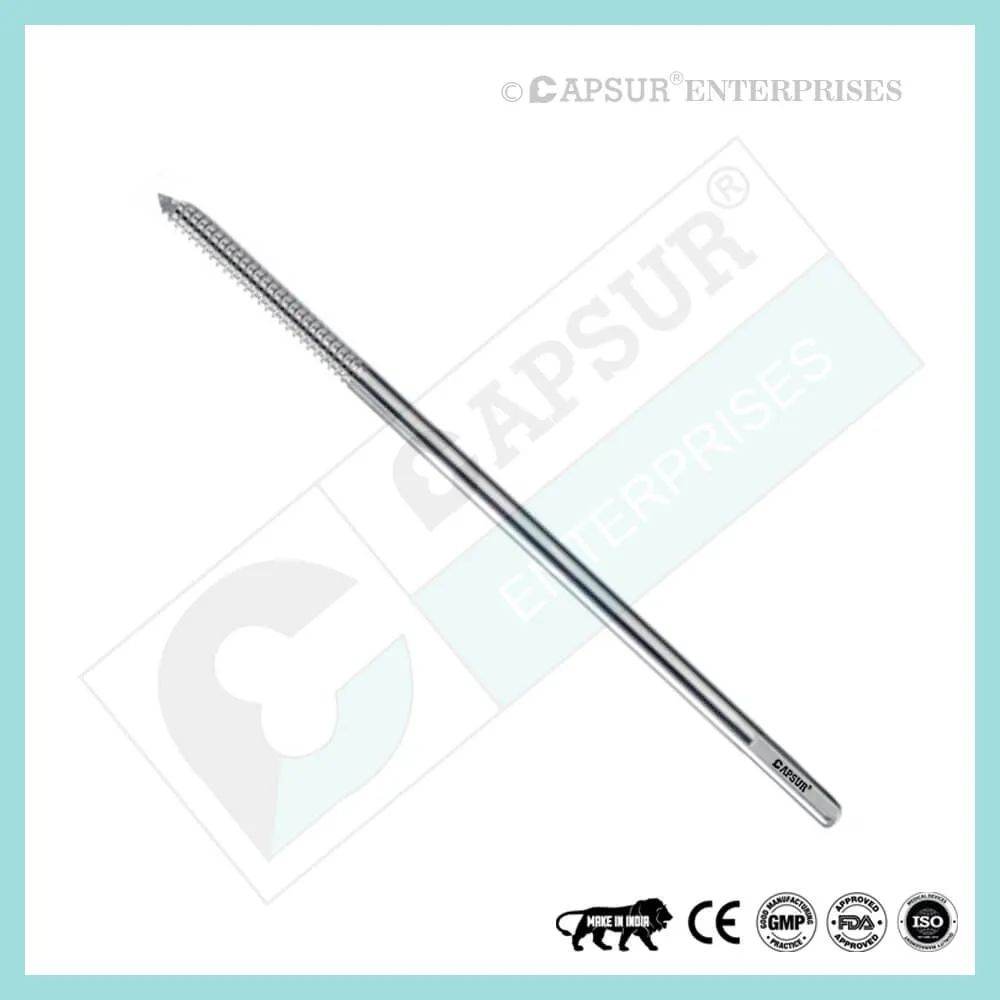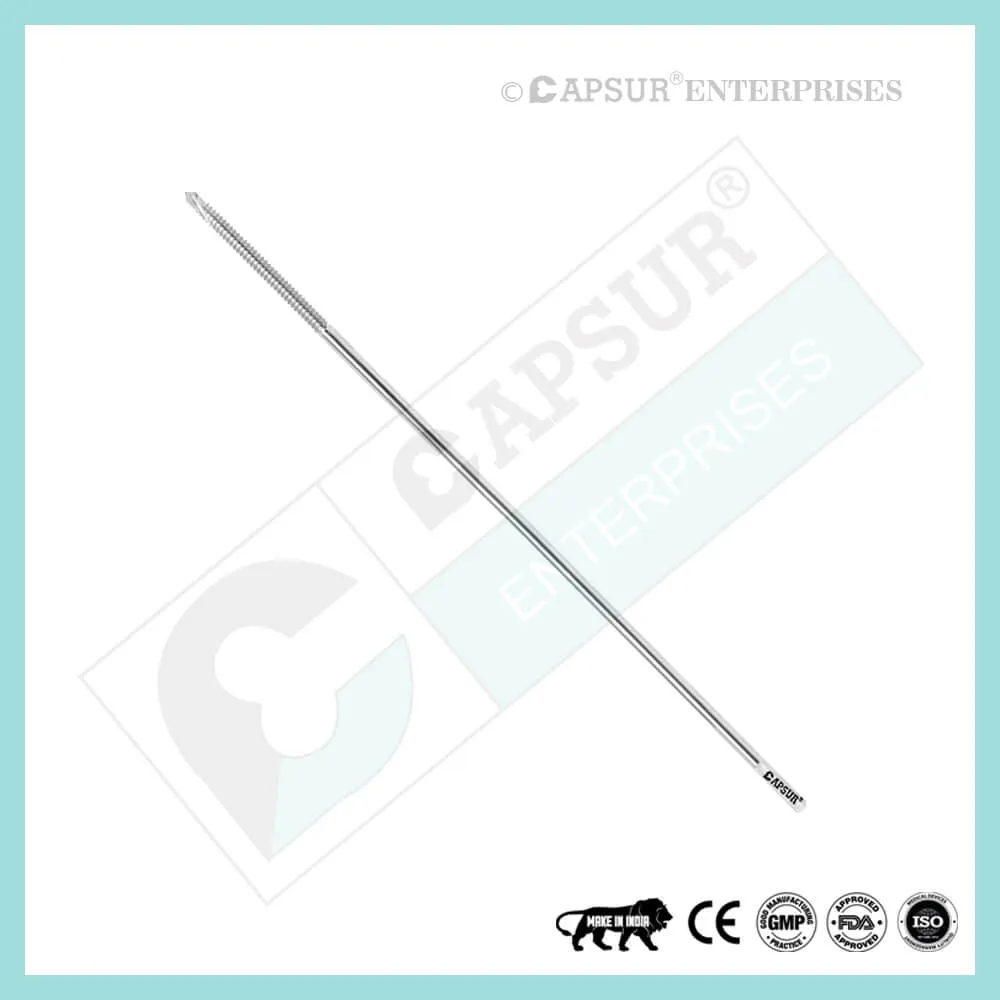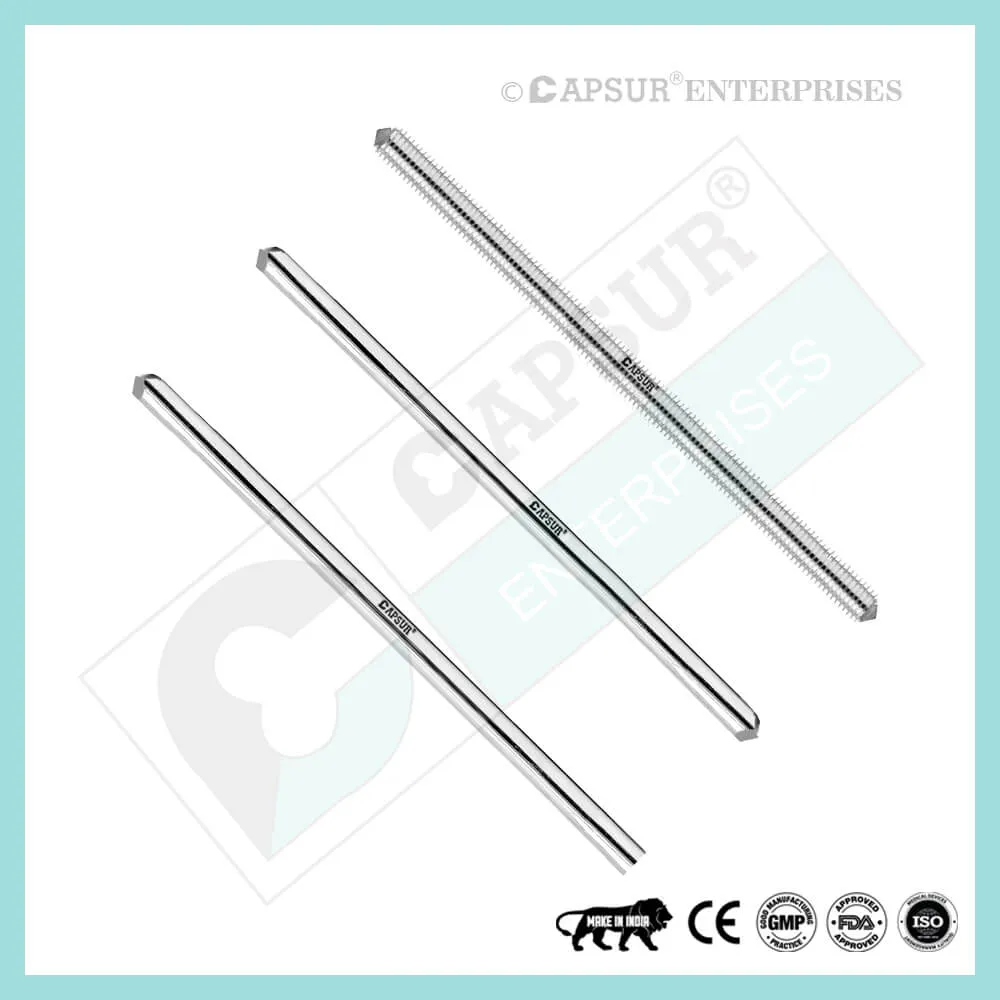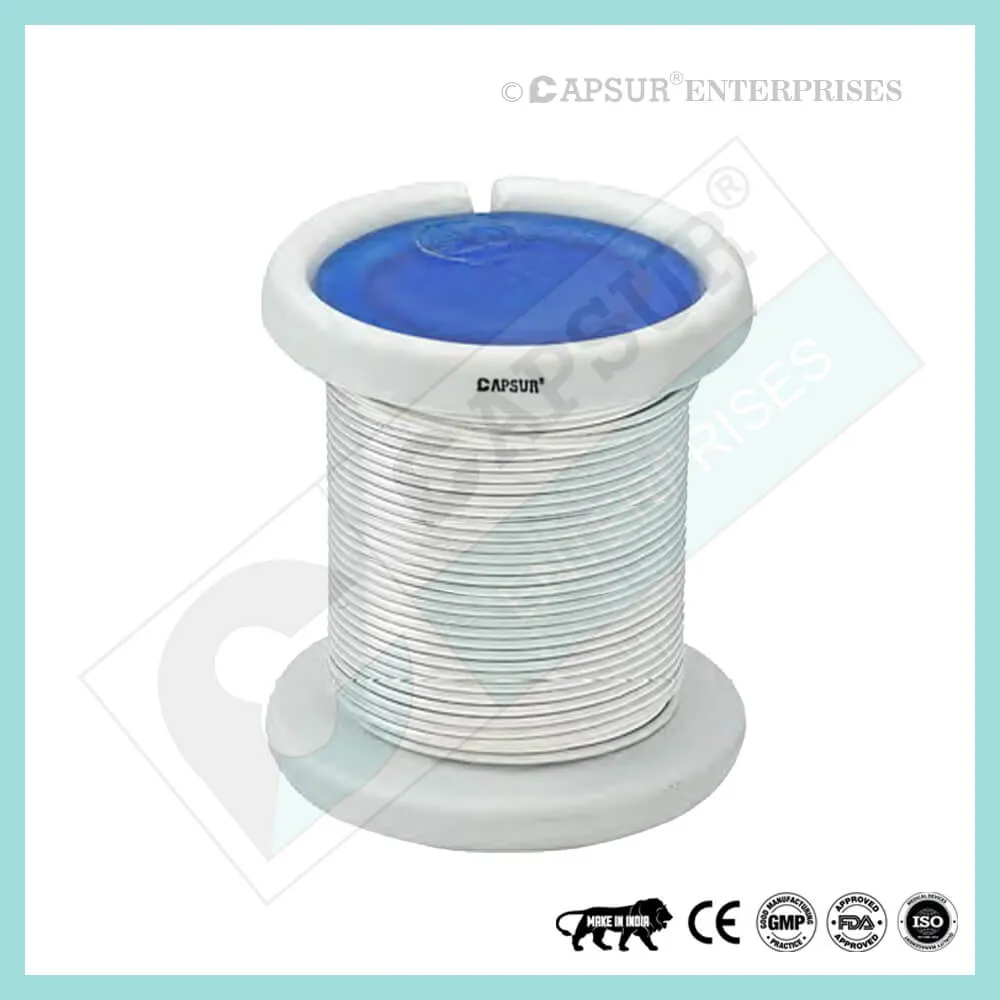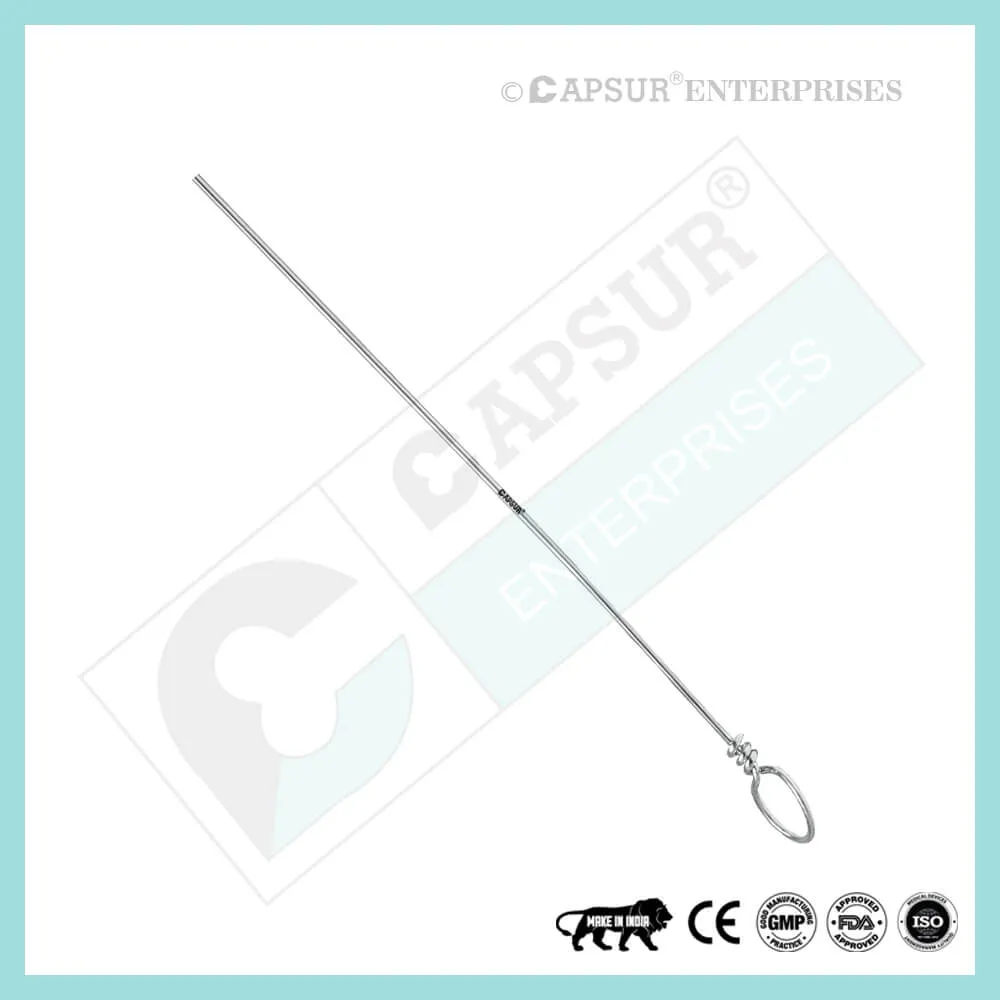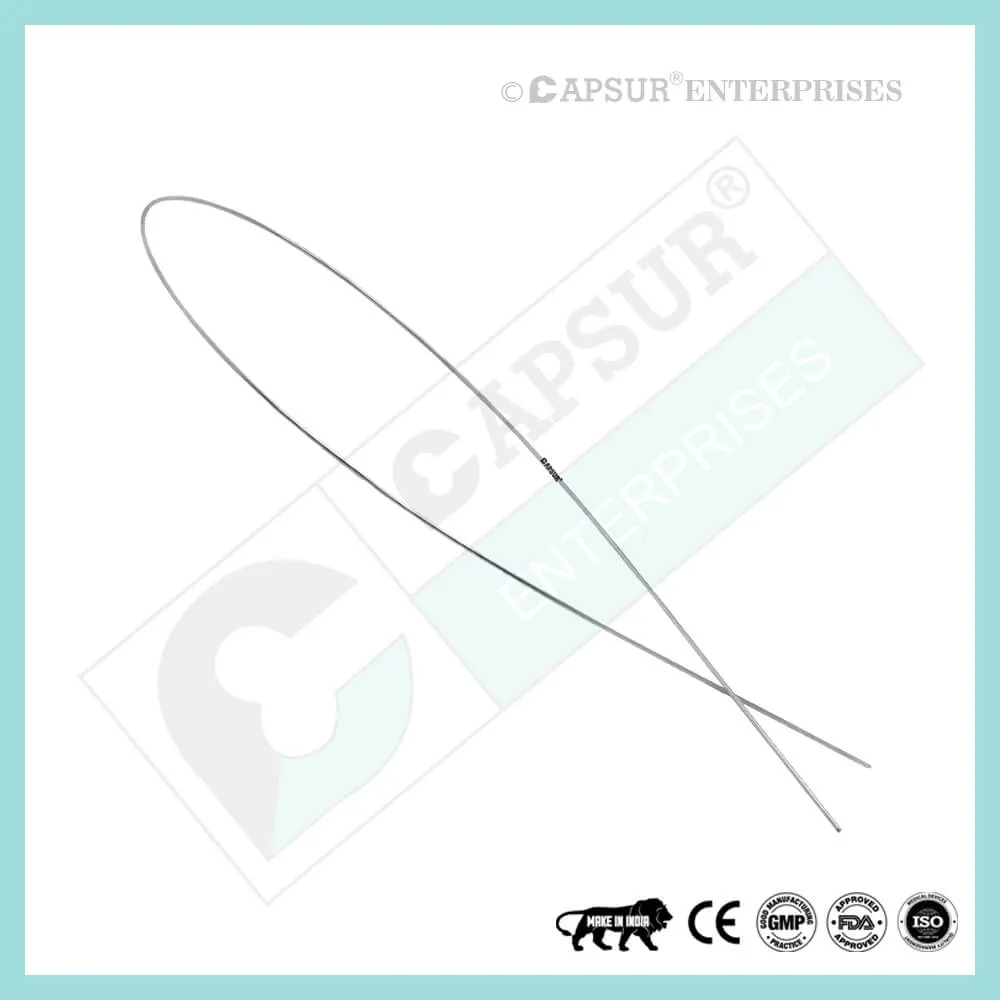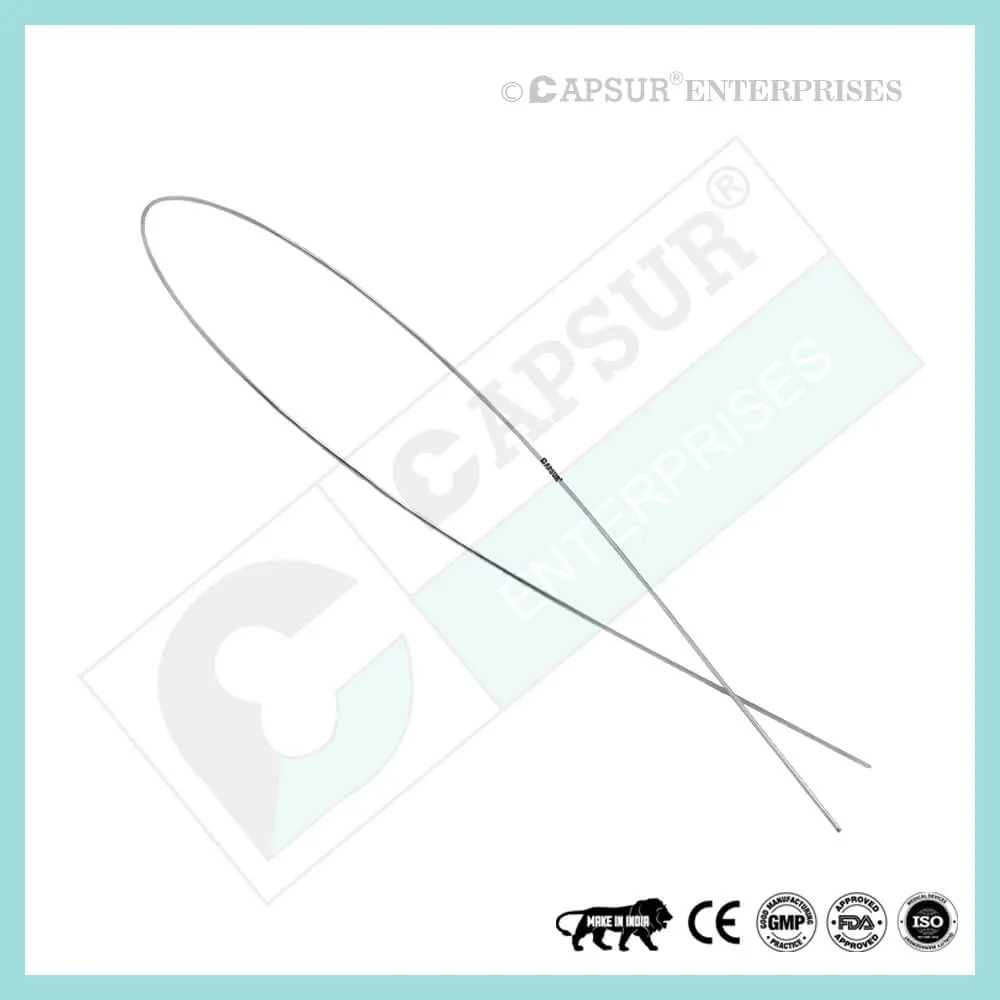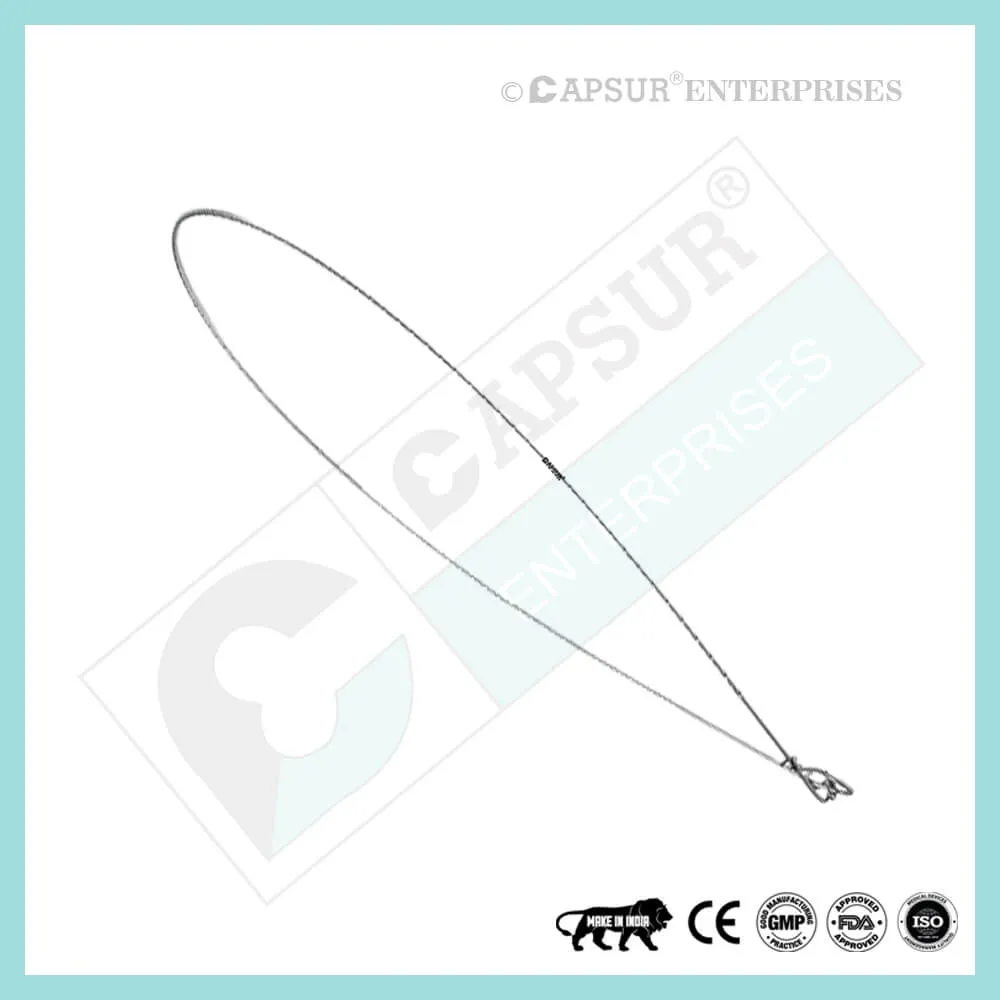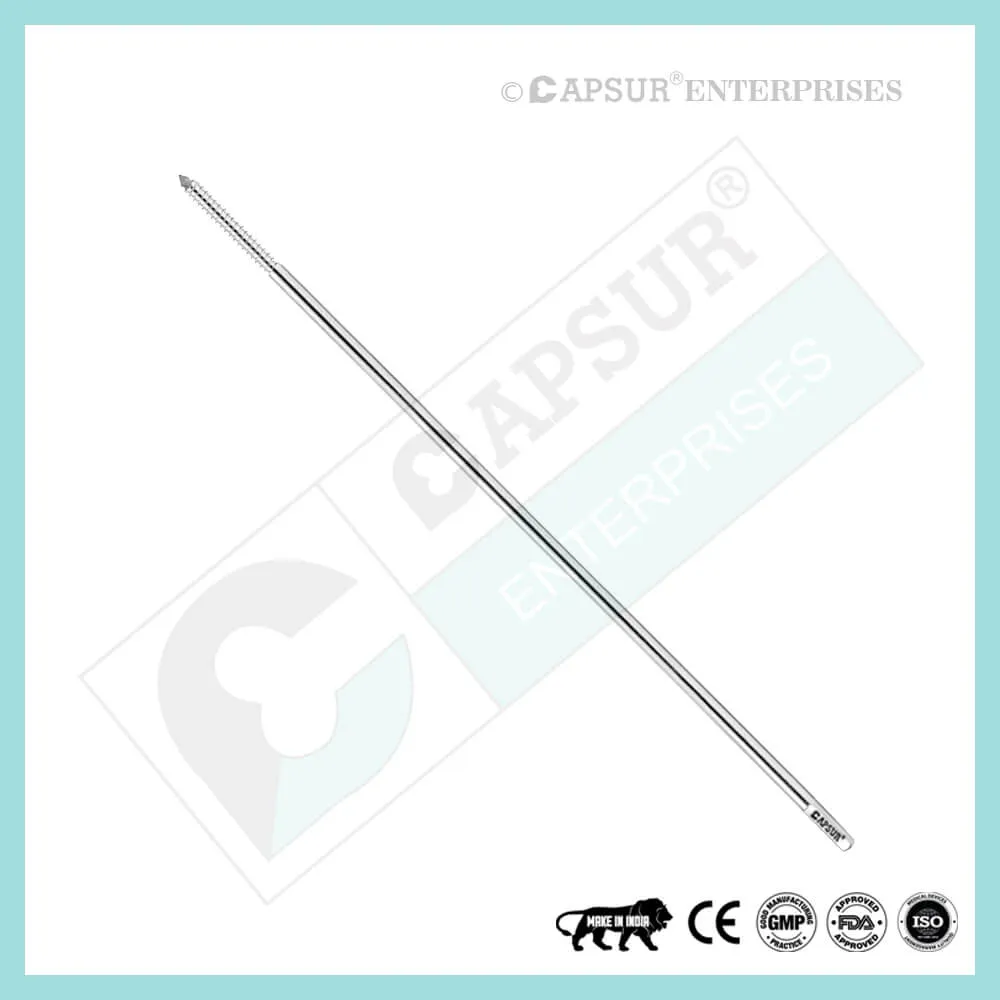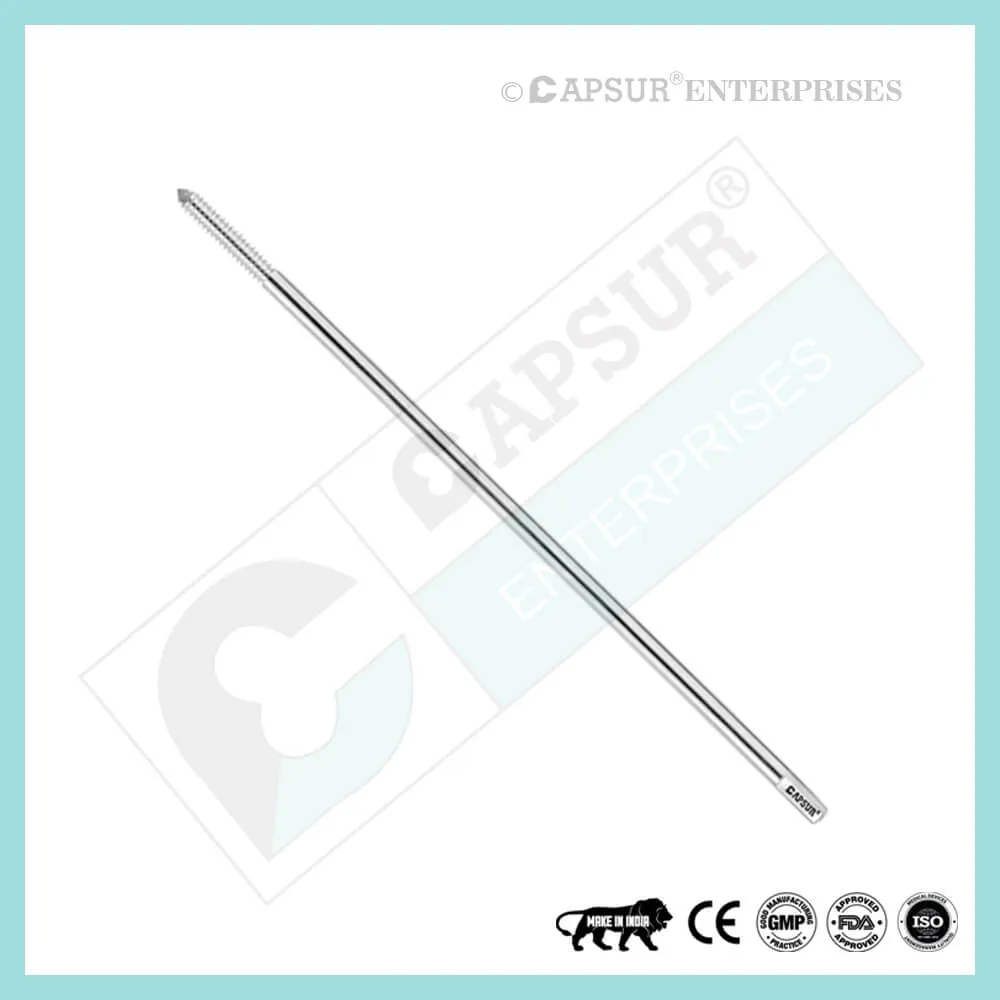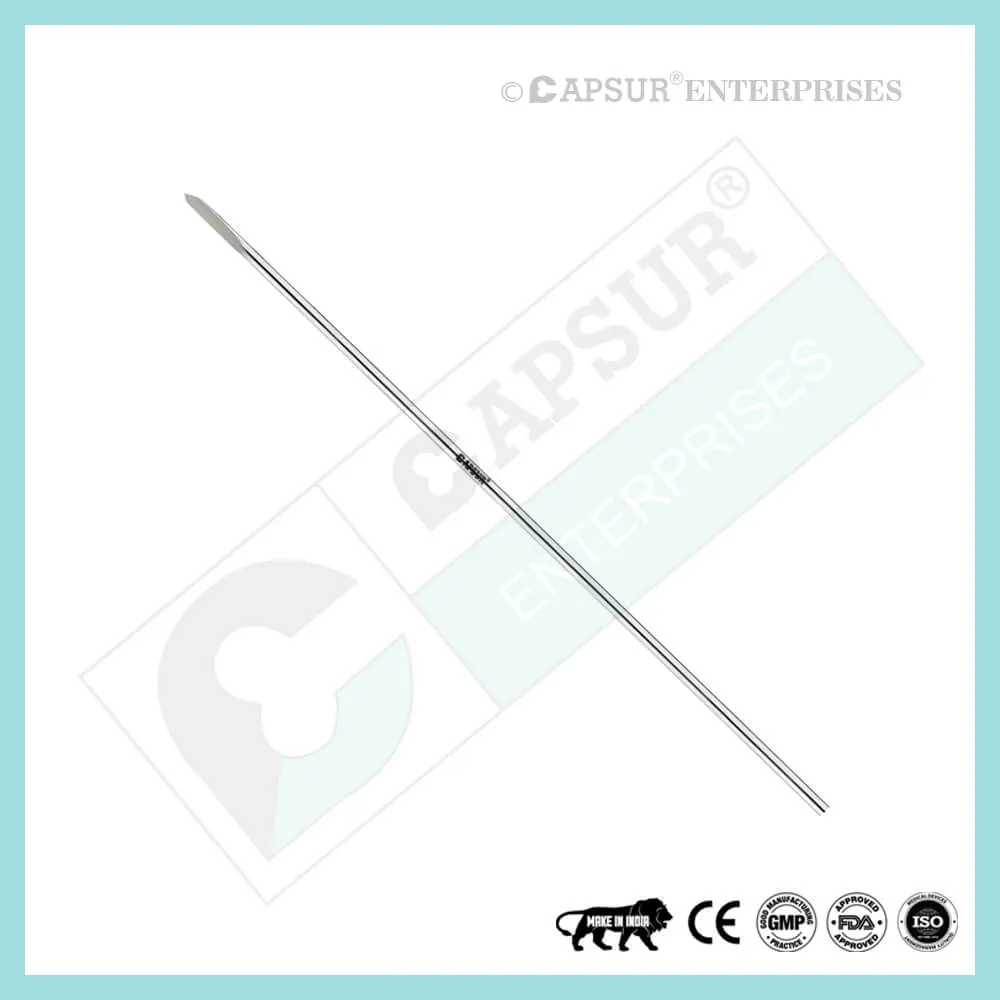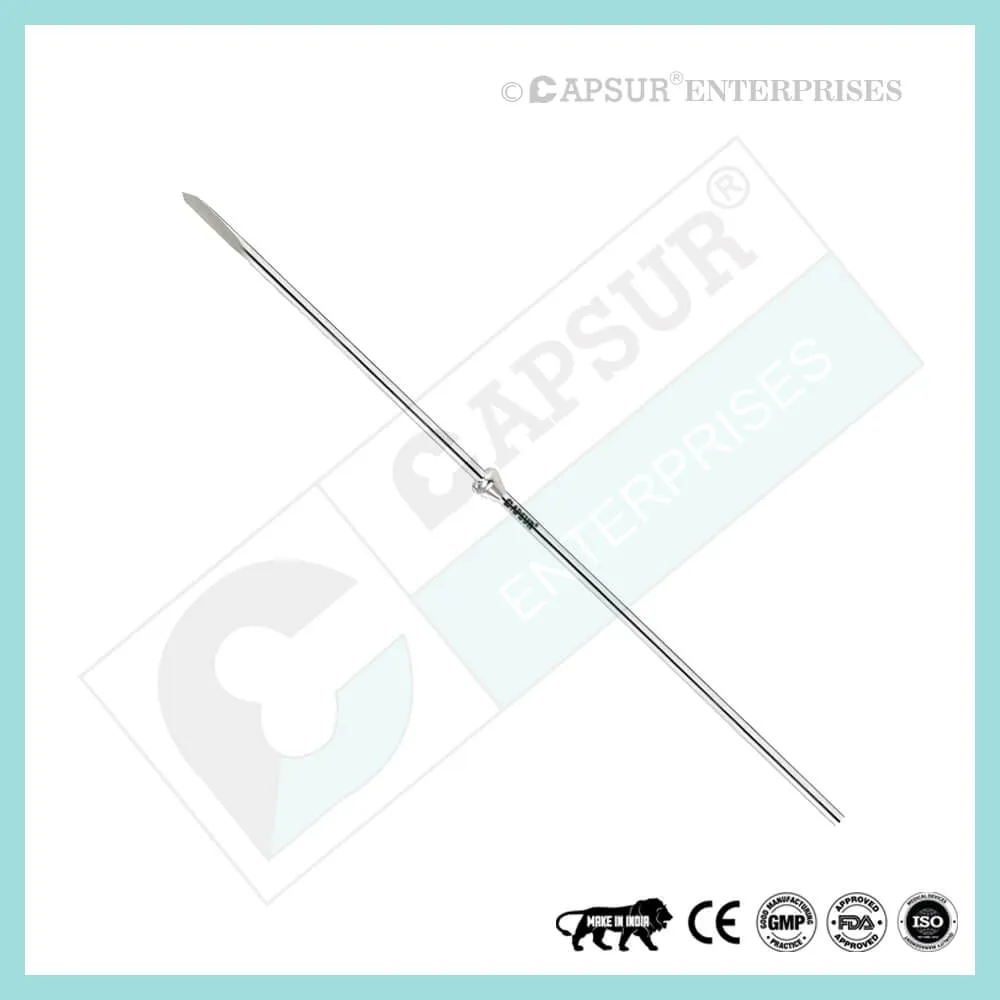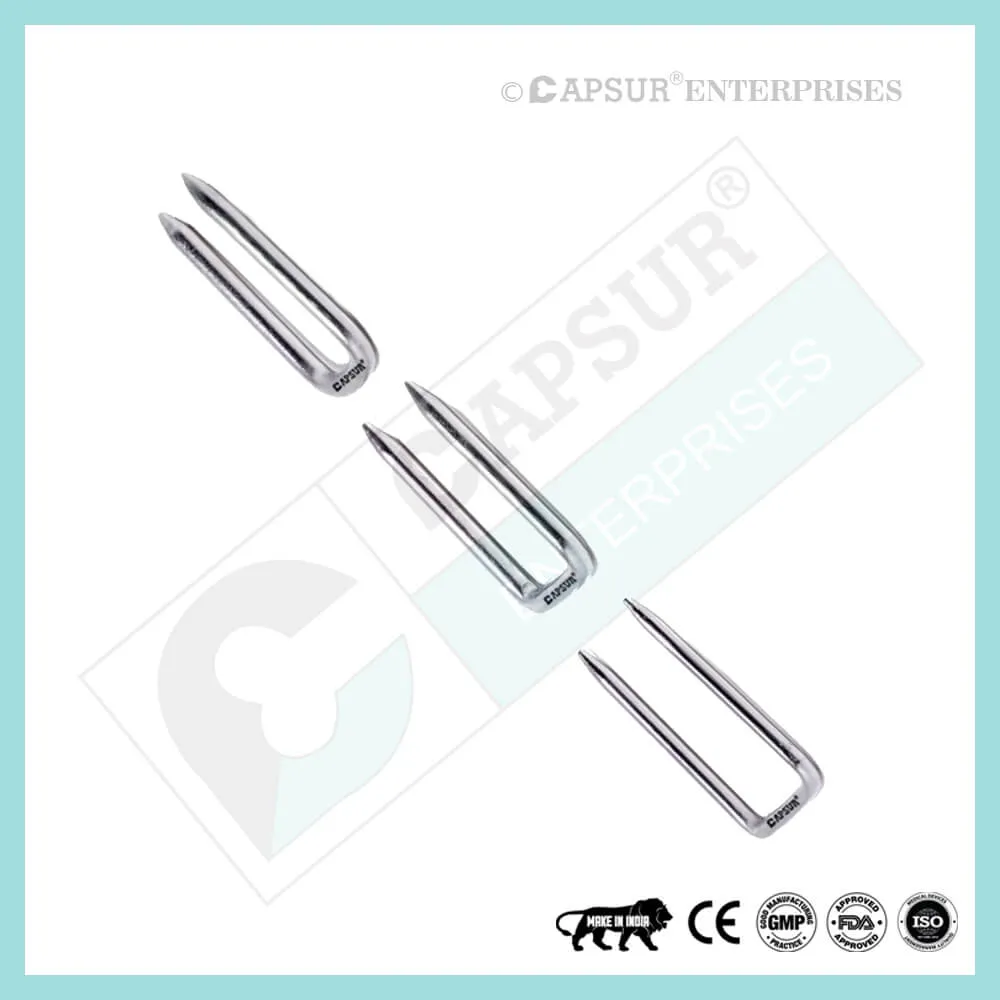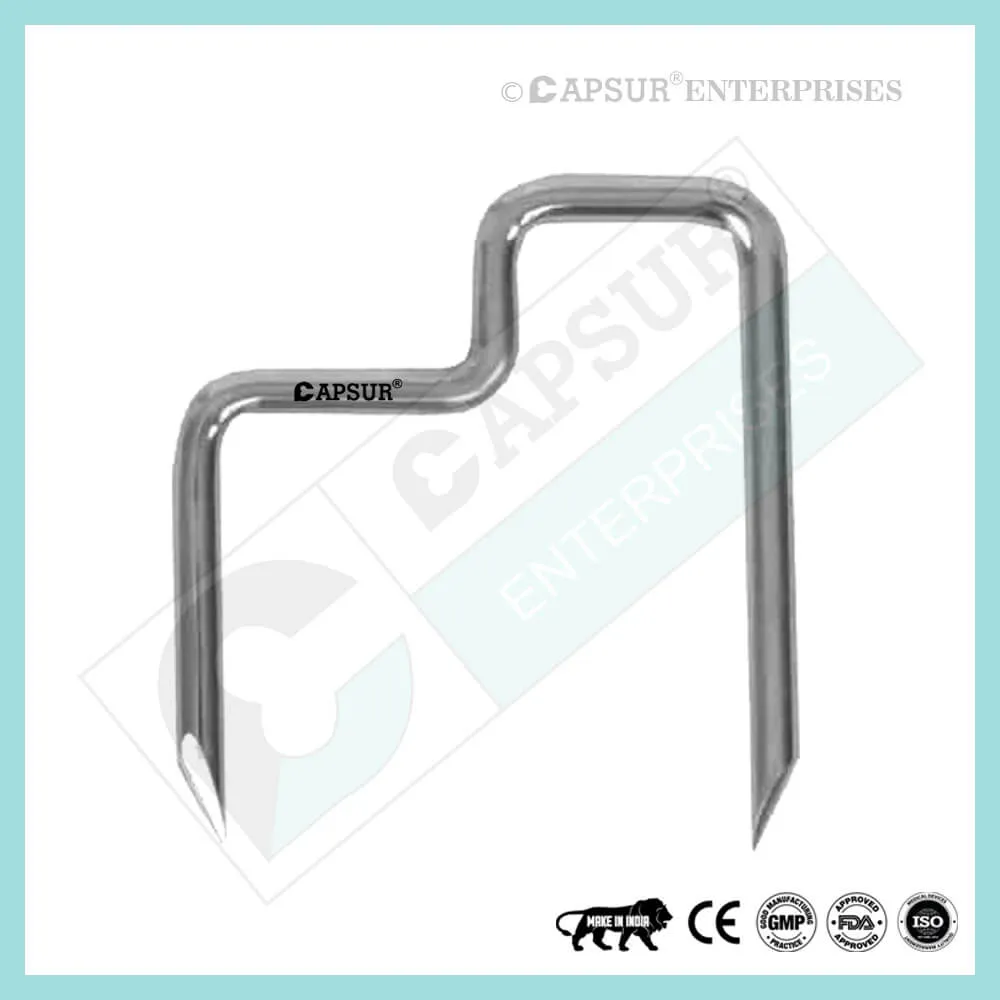Model No: 124433-A12
- Best Quality
- Affordable Pricing
- On-Time Delivery
- Customer Satisfaction
Specification of Guide Wire for 4 mm Cancellous Cannulated Screws, 1.2 x 230 mm
Guidance wire A cannulated screw is a small, flexible wire used during surgery to guide other instruments. Our guide wire is made with the best SS 316L material available to ensure the highest quality. These are the cannulated screw guide wire specifications:
4 mm, 1.2 mm in diameter, and 230 mm in length. 6.5 mm Cannulated Screw, 2 mm Diameter, 230 mm Length Screw with Cannula
The ability to be inserted over a guide wire is the primary benefit of cannulated screws. Because it has a much smaller diameter than a cannulated screw, the Guide Wire Cannulated Screw can be positioned more precisely in the operating room with fluoroscopy. Additionally, due to its small diameter, the Guide Wire can be reinserted several times for precise placement without causing too much bone damage.
Other Important Info of Guide Wire for 4 mm Cancellous Cannulated Screws, 1.2 x 230 mm
Guide Wire Cannulated Screw Risk Factor
When assessing the prognosis in each case, contraindications—which may be partial or complete—must be taken into account. Under the following circumstances, alternative management strategies may need to be taken into account:
- infections that are systemic or local, acute or chronic.
- either localized, systemic, or chronic inflammation.
- serve as a dangerous vascular, nervous, or muscular disease.
- Bone defects that would prevent the implant from being properly anchored.
- All associated illnesses that might jeopardize the implant’s success and functionality.
Warnings and Precautionary for Guide Wire Cannulated Screw
The surgeon and support personnel must read the safety instructions in this document as well as any product-specific information in the product description, surgical techniques, and/or brochures before using the Guide Wire Cannulated Screw.
Guide Wire is designed, built, and produced with the utmost care using materials of the highest quality for medical applications. If used properly, these high-quality guide wires guarantee the best working outcomes. The usage guidelines and safety advice that are provided below must be followed.
Inappropriate use of guide wires can result in injury to the operator, patients, or other people in addition to damaging the tissue, hastening wear on the instruments, and instrument destruction.
It is essential that the operating surgeon actively participate in the medical care of their patients. All facets of the surgical procedure and the tools used, including their limitations, should be fully understood by the surgeon. It is the surgeon’s and the surgical team’s responsibility to take care in the selection and use of surgical instruments. Prior to using implants, sufficient surgical training must be obtained.
The following variables could harm the operation’s success:
- implanted material allergies.
- specific bone tumors.
- both osteoporosis and osteomalacia.
- disordered metabolism and systemic disease.
- abuse of drugs and alcohol.
- The implant is exposed to blows and/or excessive loading during physical activities that involve strong shocks.
- Patients who are mentally incapable of understanding and following instructions from the doctor.
- unhealthy in general.
- Effects that could be harmful
The most frequent side effects of implantation are the ones listed below:
- Loosening of the Guide Wire, which may be brought on by the implant’s tissue reaction or by the fixation site’s repeated loading.
- infection both early and late.
- additional bone fracture brought on by unusual stress or weakening of the bone matrix.
- pressure or hematoma-induced temporary or permanent neural damage.
- Hemorrhages and slow wound healing.
- Heart arrest, pulmonary embolism, and venal thrombosis are examples of vascular disease.
- Ossification that is heterotopic.
- Pain and discomfort brought on by the Guide Wire Cannulated Screw’s presence.
- Failure due to mechanical forces, such as bending, loosening, or breakage of the implant.
- Implant migration that causes harm.
Preoperative Planning for Guide Wire Cannulated Screw
Following a thorough clinical evaluation of the patient, the operation is planned. X-rays are also necessary to provide a clear picture of the bony anatomy and any associated deformities. A full size of the Guide Wire Cannulated Screw must also be on hand at the time of the procedure, along with the appropriate implantation tools.
The potential risks and complications related to the use of implants should be discussed with the patient by the clinician. If the patient has allergies to any of the implant materials, it is crucial to know this before surgery. Additionally, the patient needs to be made aware that the device’s performance cannot be guaranteed because problems may reduce its lifespan.
Guide Wire Cannulated Screw Precautions
During reprocessing, verify that the instruments are functional and look for wear. Before using, replace any worn-out or broken instruments.
Utilizing the tools designated for this Guide Wire Cannulated Screw is advised.
Use caution when handling equipment, and put used bone-cutting tools in a sharps container.
Always use suction and irrigation to remove any debris that may be produced during implantation or removal.
Guide Wire Cannulated Screw Warnings
Cannulated Guide Wire During use, a screw may break (if excessive forces are applied). We advise that the broken part be removed whenever possible and practical for the particular patient, though the surgeon will ultimately decide whether to do so based on the risk involved. Be aware that implants lack the natural bone’s strength. Significant loads may cause implants to fail.
The user’s glove or skin may be pinched or torn by the sharp edges or moving joints of some instruments, screws, and cut plates.
Be sure to get rid of any fragments that weren’t fixed during surgery.
While the surgeon will ultimately decide whether to remove the implant, we advise that fixation devices be taken out as soon as it is safe and practical for the specific patient and after their purpose as a healing aid has been fulfilled. Guide To prevent refracture, wire removal should be followed by adequate post-operative management.
Guide Wire Cannulated Screw General Adverse Events
There are risks, side effects, and adverse events associated with all major surgical procedures. While there are many possible reactions, the following are some of the most frequent ones: issues related to anesthesia and patient positioning (such as nausea, vomiting, dental injuries, neurological impairments, etc.), thrombosis, embolism, infection, damage to nerve and/or tooth roots or other critical structures, such as blood vessels, excessive bleeding, damage to soft tissues, including swelling, abnormal scar formation, functional impairment of the musculoskeletal system, and pain.
| Guide Wire for 4 mm Cancellous Cannulated Screws, 1.2 x 230 mm |
|---|


